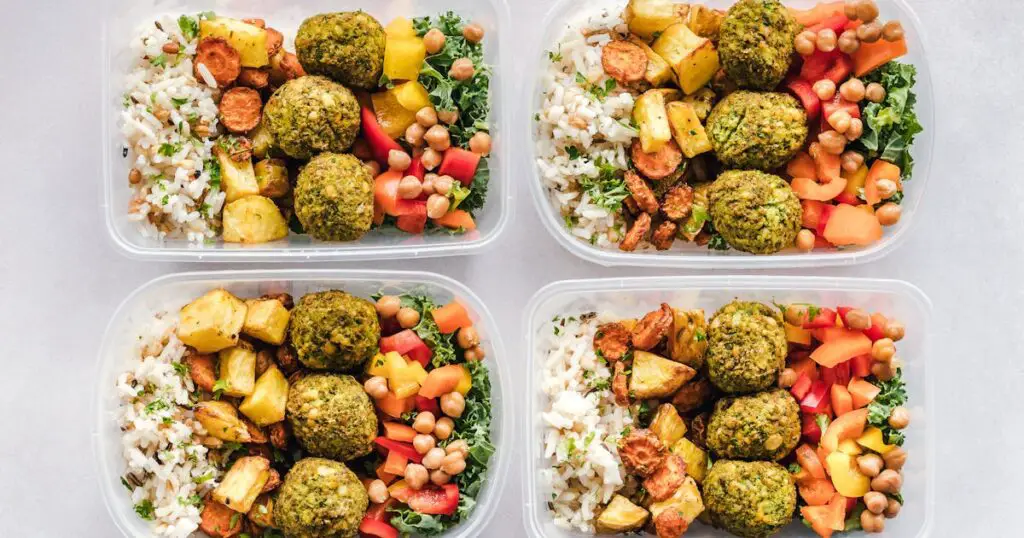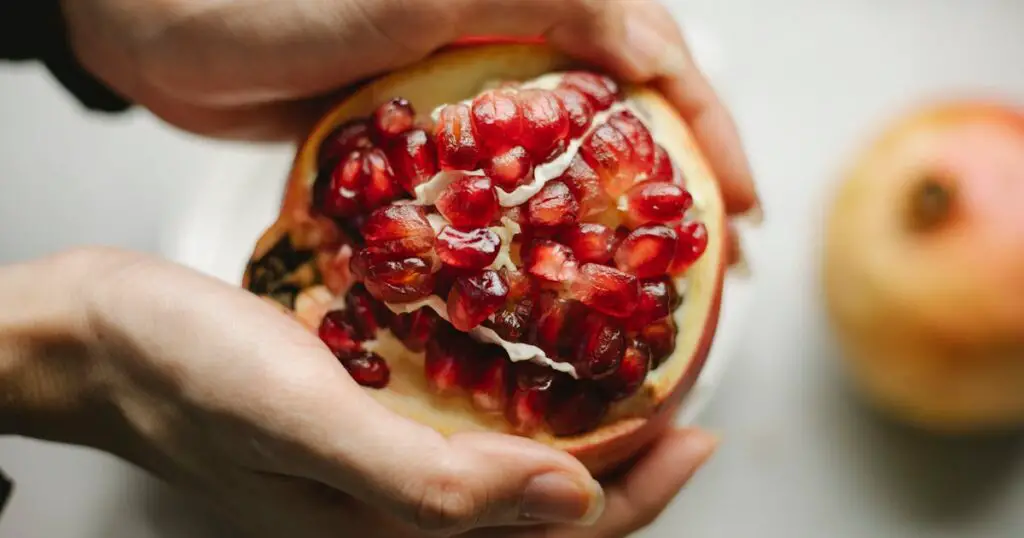Welcome, local residents, cultural enthusiasts, community-oriented individuals, lifestyle and wellness advocates, food and fashion followers, history and culture buffs, and podcast listeners! Today we will be discussing a topic that is crucial for maintaining a healthy lifestyle – planning meals for weight loss.
When it comes to weight loss, nutrition plays a vital role. Eating a balanced diet not only helps you shed the extra pounds but also provides your body with essential nutrients to function properly. In this article, we will discuss why nutrition is important for a healthy and balanced diet, what to eat for a healthy balanced diet, and how to get started.

Why Nutrition is Important for a Healthy and Balanced Diet
Nutrition refers to the process of obtaining food and converting it into energy for our body’s functions. When we eat a balanced diet, we provide our bodies with all the essential nutrients, such as carbohydrates, proteins, fats, vitamins, and minerals. These nutrients are necessary for growth, repair, and maintenance of our body’s cells and tissues.
A healthy and balanced diet not only helps us maintain a healthy weight but also reduces the risk of chronic diseases such as heart disease, diabetes, and certain types of cancer. Additionally, proper nutrition boosts our immune system, improves our mood and mental health, and increases overall energy levels.
What to Eat for a Healthy Balanced Diet
Now that we understand the importance of nutrition let’s discuss what foods we should include in our diet for a healthy balanced diet. To start, aim to fill half of your plate with fruits and vegetables as they are low in calories but packed with essential vitamins and minerals.

Whole grains, such as brown rice, quinoa, and whole-grain bread, should make up about a quarter of your plate. These provide complex carbohydrates that give us sustained energy throughout the day. Proteins, such as lean meats, fish, poultry, tofu, and beans should also make up a quarter of your plate.
In addition to these food groups, it is essential to include healthy fats like avocados, nuts, and olive oil in our diet. These provide essential fatty acids that help keep our heart healthy. Remember to limit highly processed foods high in added sugars, sodium, and unhealthy fats.
How to Get Started
Now that we know what foods to include in our diet, let’s discuss how to get started with planning healthy meals for weight loss. Firstly, it is crucial to have a plan in place. Planning your meals ahead of time not only saves you time but also ensures that you make healthy food choices.
Start by setting realistic and achievable goals. Don’t aim to overhaul your entire diet overnight. Instead, make small changes gradually that you can sustain in the long run. It’s also essential to listen to your body and eat when you’re hungry but stop when you’re feeling full.
Next, stock up on healthy ingredients and plan meals around them. This will help reduce food waste and save you money in the long run. Additionally, make sure to read nutrition labels and be mindful of portion sizes.

Making meal prep a part of your routine can also help you stay on track with your healthy eating habits. Set aside time each week to plan and prepare meals for the upcoming days. This will make it easier for you to resist unhealthy food options when you’re short on time or feeling overwhelmed.
FAQs
In this section, we will be delving into some of the most common inquiries and curiosities that surround our topic.
What if I don’t like fruits or vegetables?
If you’re not a fan of fruits and vegetables, try incorporating them into meals in different ways. For example, blend them into smoothies, add them to soups or stews, or roast them with spices for added flavor.
Is it okay to have cheat meals while trying to lose weight?
It’s okay to indulge in your favourite foods every once in a while, but it’s essential to maintain moderation. Instead of having a cheat meal, try incorporating your favourite foods into your healthy meals, so you don’t feel deprived.
What are some healthy snack options for weight loss?
Some healthy snack options include fruits and vegetables with hummus, nuts and seeds, Greek yoghurt with berries, whole-grain crackers and cheese, or a small protein smoothie.
How can I stay motivated while trying to lose weight?
Set realistic goals, track your progress, find a support system, and focus on the positive changes you’re making to your overall health and well-being.
Conclusion: How to Plan Healthy Meals for Weight Loss?
Maintaining a healthy weight and a balanced diet is crucial for our overall health and well-being. By incorporating a variety of nutrient-dense foods in our meals, setting achievable goals, and planning ahead, we can successfully achieve our weight loss goals while nourishing our bodies.
Remember to make small changes that you can sustain in the long run, listen to your body’s needs, and be kind to yourself throughout the journey.



Leave a Comment
You must be logged in to post a comment.